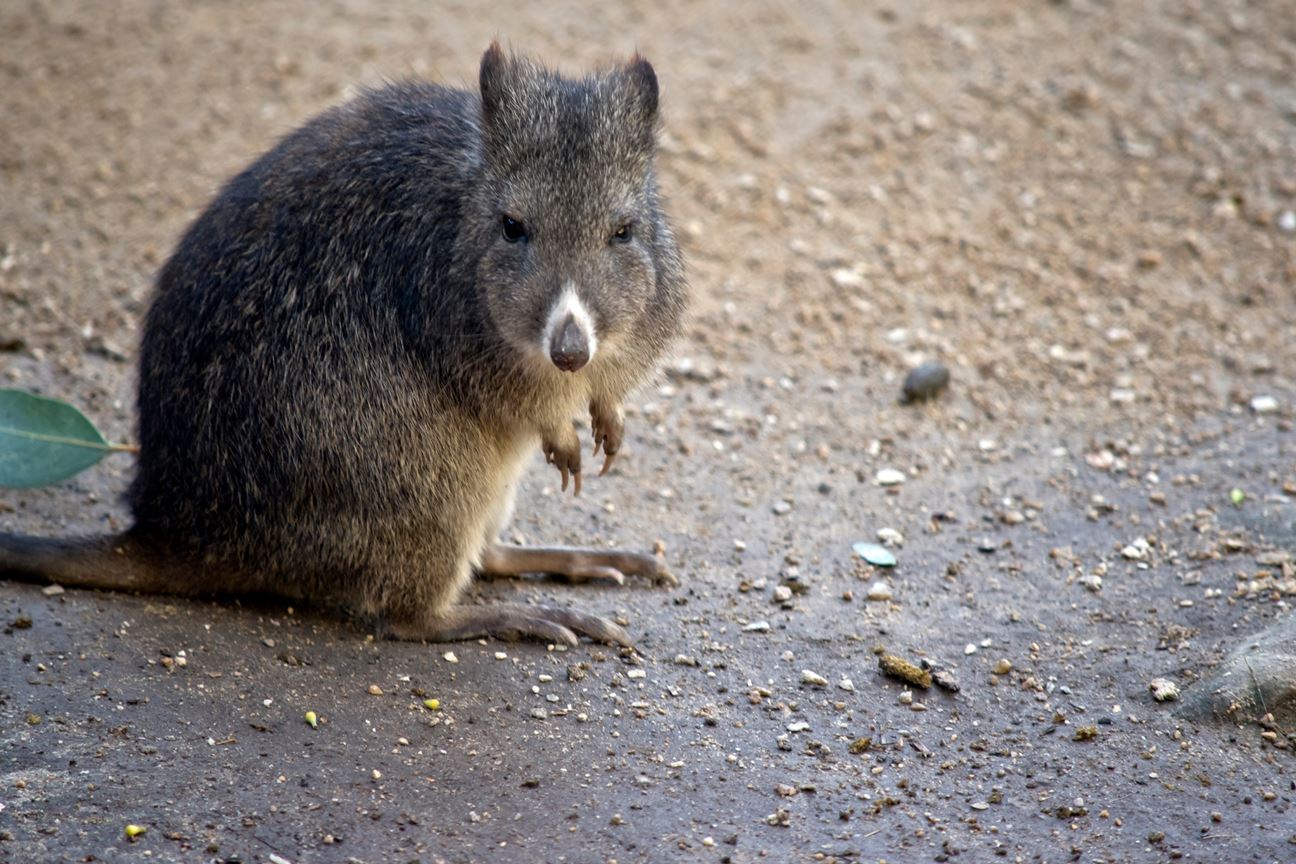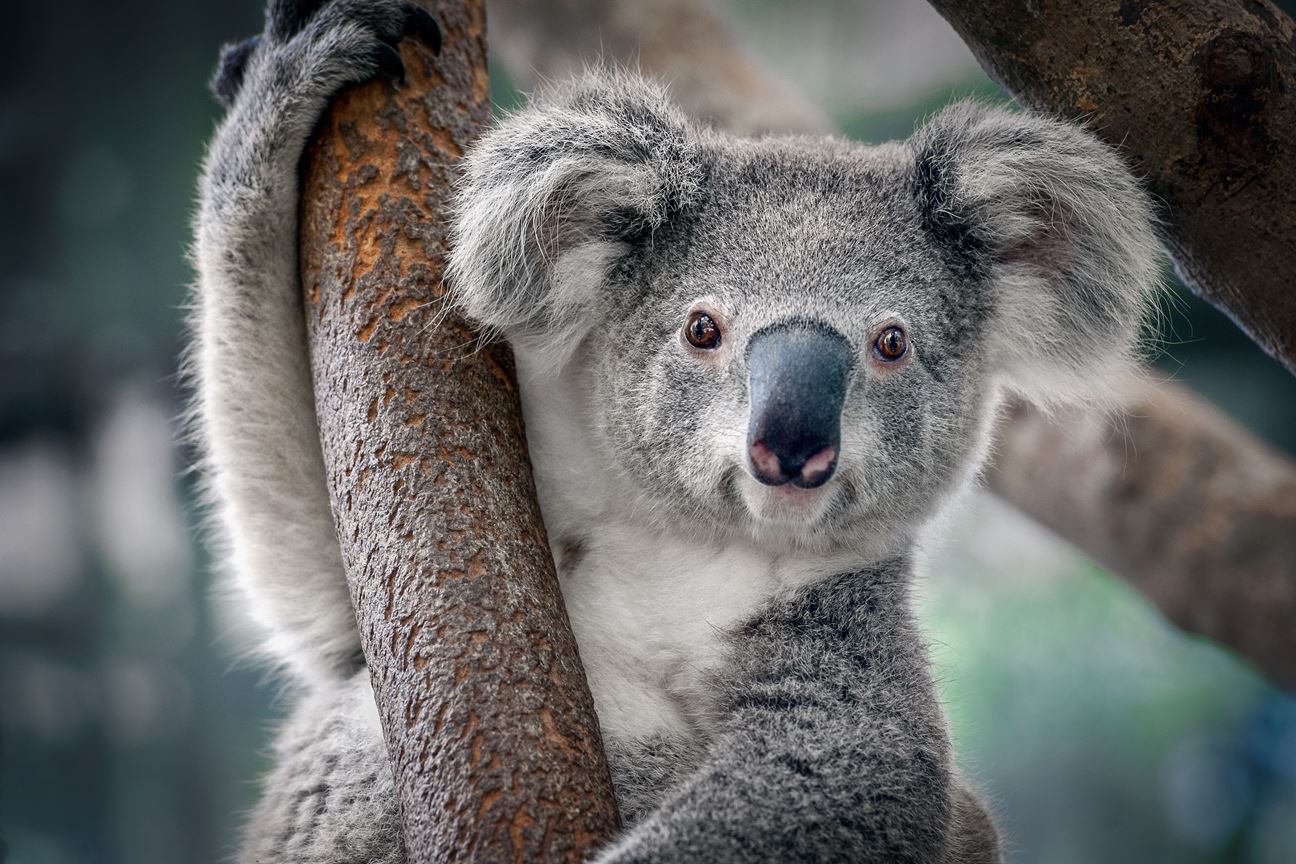News of the Australian Bushfires are heart-wrenching. You can't help but imagine the tragic loss of the wildlife there. Read on to find out many other species that are on the verge of extinction!
What do animals do in bushfires? We may think that birds fly away, mammals run away, and small creatures may hide or burrow in the ground; but, that’s not how it is. Birds may find it difficult to overcome the smoke and rise up. Mammals that run may not make it in time. Small creatures may not find enough shelter or may die because of heat while they’re hiding. Unfortunately, most of them don’t make it through which eventually bring them closer to extinction!
The recent Australian bushfire was the sixth mass extinction since the beginning of times. It is estimated that the bushfire has affected almost half a billion animals. Not only animals, but there has also been destruction of plants, bacteria, insects, and fungi that play important roles in the ecosystem. Here’s a list of a few of them:
Dunnart

These are mouse-like looking tiny marsupials which feed mainly on insects. They were already stated as vulnerable because of habitat loss. Moreover, these marsupials are endemic to Australia. Currently, there is no track of how many are left but they are definitely on the verge of extinction.
Long-nosed Potoroo

These are closely related to the Kangaroo family, and that can be seen when they hop away with front feet tucked in, just like a Kangaroo. These are nocturnal marsupials that feed on fruits, flowers, insects, and fungi. They were already listed as ‘Vulnerable’ earlier and now there are no signs of potoroos in a few regions.
Glossy Black Cockatoo
 The female Cockatoo has yellow-colored feathers that make distinguishing easy
The female Cockatoo has yellow-colored feathers that make distinguishing easy
This beautiful species has a glossy black body with a bright red tail band. Even before the fires, there were only 400 of them left. Their habitat is completely destroyed, and it is currently unknown how many of these birds are still thriving.
Hip-pocket Frog
The frog, also known as Pouched Frog, gets its name from its characteristic pocket in which it carries its tadpoles. They have big golden-colored eyes. There are very slim chances of its survival as it needs damp leaf litter for its survival, which is no longer available.
Koala

Only 25,000 to 50,000 of these cute marsupials were left before the fires and almost 8000 of them died in these fires. A koala’s natural instinct is to crawl up a tree and unfortunately that itself creates a problem in such situations. Heartbreaking images of burned and thirsty koalas begging for food and water have been circulated on the Internet.
There have been no exact data on how many animals have lost their lives in the fires. But, it is estimated that many more like the Silver-headed Antiochenes, the Western Ground Parrot, the Bristlebird, the Greater glider, the Noisy Scrub Bird, Quokka, and the Hastings River mouse may also get added in the list of species close to extinction.
The reason for such mass destruction boils down to climate change. The extreme rise in temperatures and extended drought conditions have provoked our mother earth to rebel in a way. Forest fires, being one of the ways, are highly destructive. There is no real way to completely avoid them but there are some precautions that we can take.
- Consider options other than burning, while you’re discarding dry grass. Even if you have to, take precautions to avoid the spreading of fire. Remember to keep a safe distance from forests or other trees. Keep a water hose ready just in case of an emergency.
- Be alert and make sure that the fire is completely out, in any circumstance.
- If you’re smoking outdoors, make sure your cigarette butt is put out properly before you discard it.
- Always keep emergency helpline numbers ready with you. Contact them right away if you notice a fire starting in your neighbourhood.
If you’re camping in the wild, don’t leave your campfire unattended as it can easily spread if it’s windy or otherwise. Also, do not put any combustible material in the fire.
Other than precautions only related to fire, let’s all try to change our lifestyles in small ways. Our mother Earth needs us!